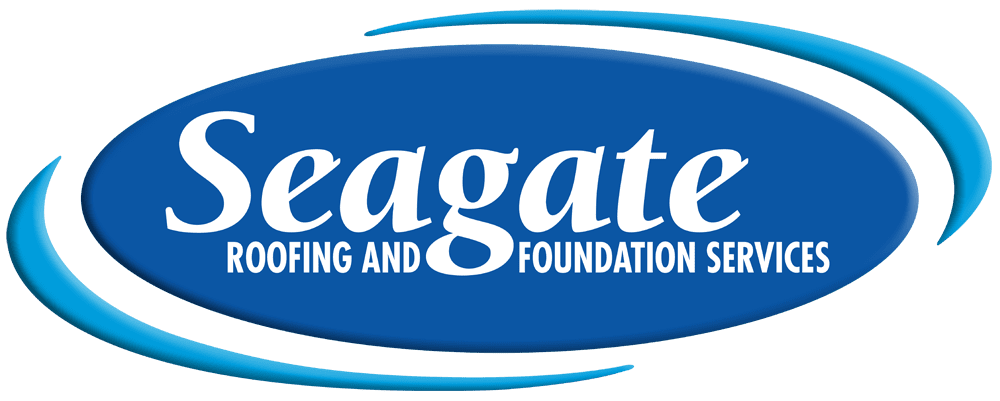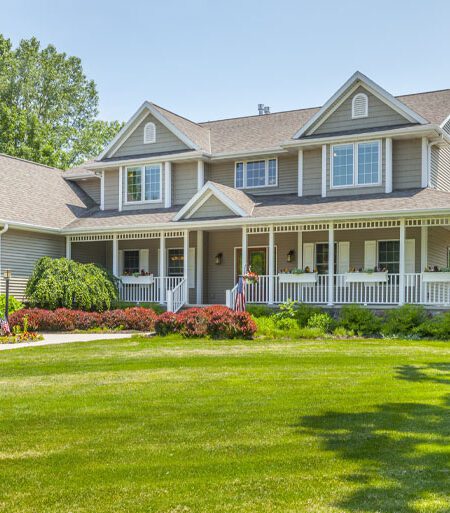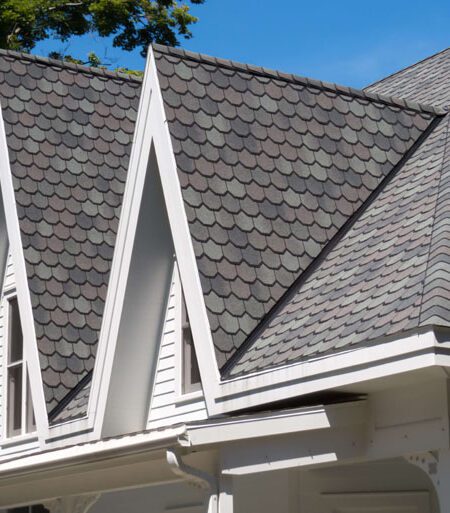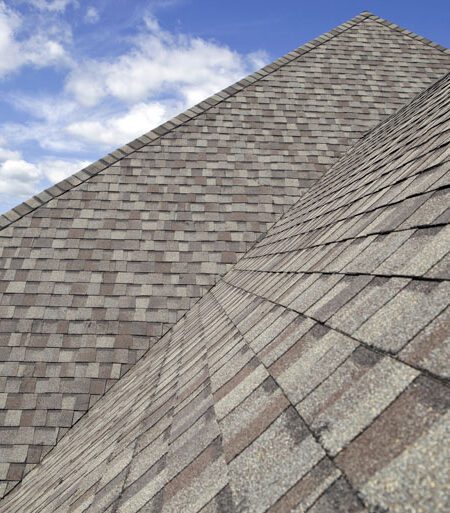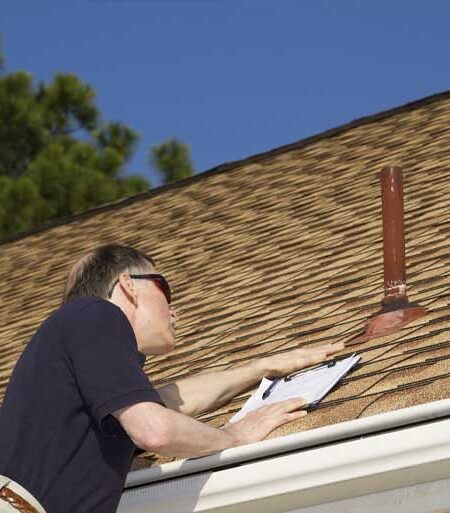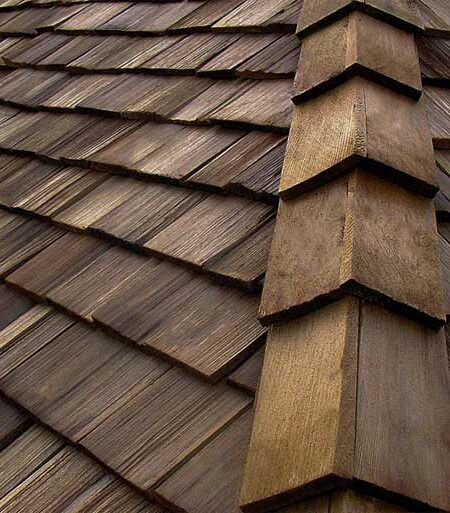The manufacturing process and transportation of your roofing materials to your home can have an impact on the environment, but you can’t choose your roofing materials based solely on how they’re manufactured. The roof’s performance and environmental impact throughout its life are crucial considerations.
Roof shingles do much of the heavy lifting for preventing leaks. However, shingles alone can’t prevent all water from seeping inside. For this reason, flashing is also used to help redirect water and/or simply provide better protection against water. If you would like to better care for your roof and reduce the risk of leaks and repairs, check out the answers to these four common questions about flashing.
Asphalt shingles are reasonably durable and cost effective, which is why they are the standard option most homeowners consider when shopping for a new roof. It’s important to know the signs that it’s time to replace the shingles, though, so that you don’t inadvertently postpone your roof installation for too long. Here are three signs that you need a new roof.
You’ve probably heard that for a roof replacement job, you need to choose an experienced and licensed contractor so that you end up with the best roofing job possible. After all, an expert is the best defense your roof has against flaws in weatherproofing. But if you’re just having your roof maintained or checked for leaks, do you need the same level of expertise?
If you plan to replace your old roof soon, then you are likely considering your new roof material options. If you love the appearance of wood shake or shingle roofs, yet know very little about this roof type, then you may have some wooden roof questions you need the answers to before you can make your final roof material decision.
